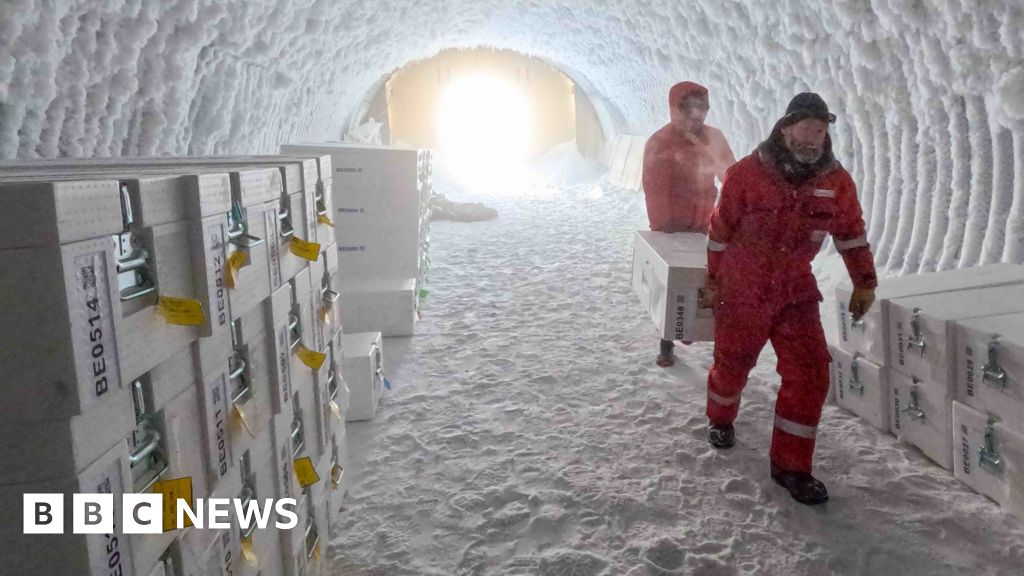An ice core that may be older than 1.5 million years has arrived in the UK where scientists will melt it to unlock vital information about Earth’s climate. The glassy cylinder is the planet’s oldest ice and was drilled from deep inside the Antarctic ice sheet. Frozen inside is thousands of years of new information that scientists say could “revolutionise” what we know about climate change.
The ice core was extracted in Antarctica at a cost of millions and was transported by boat and then in a cold van to Cambridge. The team will slowly melt the hard-won ice, releasing ancient dust, volcanic ash, and even tiny marine algae called diatoms that were locked inside when water turned to ice. These materials can tell scientists about wind patterns, temperature, and sea levels more than a million years ago.
The team will identify chemical isotopes in the liquid that could tell us the wind patterns, temperatures, and rainfall for a period of time between 800,000 and up to 1.5 million years ago or possibly more. They will use an instrument called an inductively couple plasma mass spectrometer (ICPMS) to measure over 20 elements and trace metals.
The work will help scientists understand a mysterious change called the Mid-Pleistocene Transition 800,000 to 1.2 million years ago when the planet’s glacial cycles suddenly changed. The cause of this shift is one of the “most exciting unsolved questions” in climate science. The cores may have evidence of a time when sea levels were much higher than they are now and when the vast Antarctic ice sheets were smaller.
The presence of dust in the ice will help them understand how the ice sheets shrunk and contributed to sea level rise – something that is a major concern this century. The team could find evidence of a period of time more than 800,000 years ago when carbon dioxide concentrations may have been naturally as high or even higher than they are now. This could help them understand what will happen in our future as our planet responds to warming gases trapped in our atmosphere.
Source link




